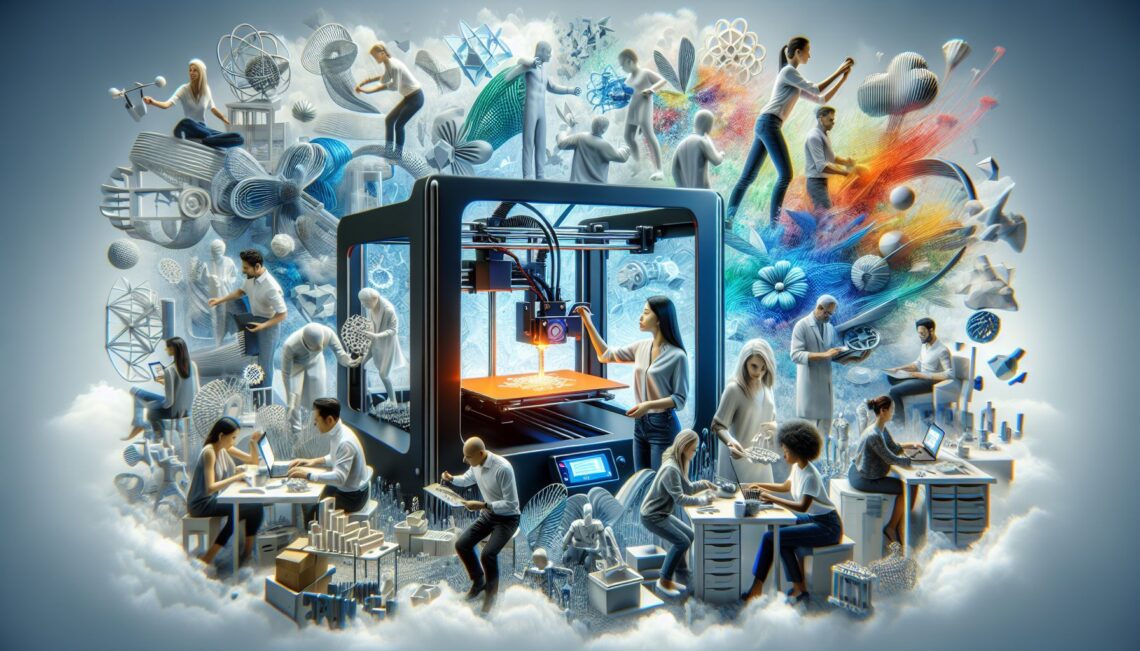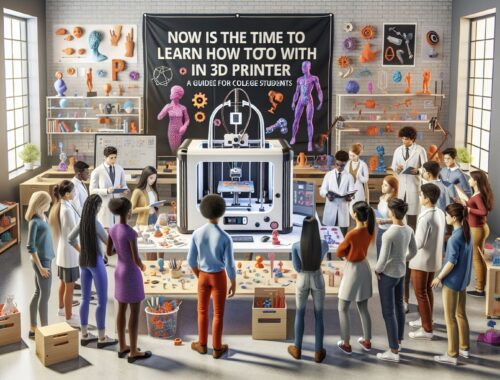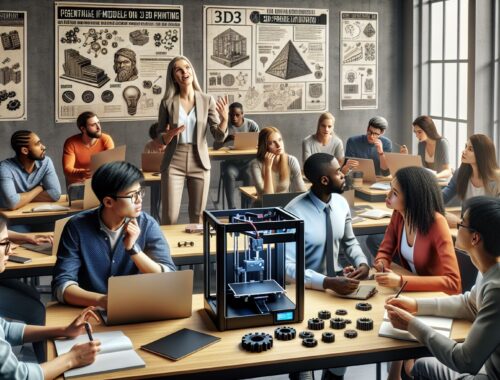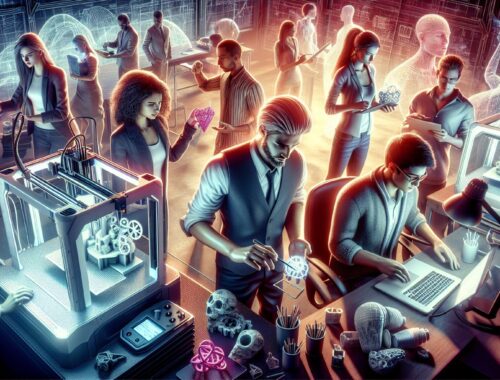
The World of 3D Modeling and Printing: A Gateway to Creativity and Skills Development
In today’s rapidly evolving technological landscape, 3D modeling and 3D printing have emerged as transformative tools that not only fuel innovation but also provide unique opportunities for college students to explore their creativity and develop practical skills. From toy creation to building architectural models, the applications of 3D modeling and printing are vast and have the potential to revolutionize various industries, ranging from manufacturing to product development. In this article, we will delve into the world of 3D modeling and printing, highlighting its significance for college students and how it can contribute to their educational and professional growth.
Introduction to 3D Modeling and 3D Printing
Before diving into the specifics, let’s begin by defining what exactly 3D modeling and 3D printing entail. 3D modeling is the process of creating a three-dimensional virtual representation of an object using specialized software. These virtual models can be manipulated, customized, and modified to achieve desired outcomes. On the other hand, 3D printing involves the physical manifestation of these digital models by layering materials, such as plastic or metal, to create a tangible three-dimensional object meticulously designed on the computer.
Enhancing Creativity and Imagination
One of the most compelling aspects of 3D modeling and printing is their ability to unleash creativity and imagination. College students often have vivid imaginations and unique ideas that they struggle to bring to life. With 3D modeling, they can turn their visions into reality, enabling them to create custom toys, sculptures, and other artistic projects with ease. By designing and printing their own toys, students can explore their creativity, pushing the boundaries of conventional playtime. This process not only enhances their critical thinking skills but also nurtures their problem-solving abilities.
Practical Applications in Education
Beyond artistic endeavors, 3D modeling and printing have substantial educational benefits. In disciplines such as architecture, engineering, and biology, students can use 3D modeling to build accurate physical models of complex concepts and structures. Instead of relying solely on textbooks or static images, students can interact with tangible representations, fostering a deeper understanding of the subject matter.
For instance, in architectural studies, students can create detailed scale models of their design projects using 3D modeling software. These models allow them to visualize their ideas from all angles and make necessary modifications before moving to the construction phase. This hands-on approach enhances their spatial awareness and hones their architectural skills, ensuring they are better prepared for the professional world.
Professional Skills Development
In addition to promoting imagination and aiding in education, 3D modeling and printing also provide valuable opportunities for professional skills development. As the demand for 3D printing grows across various industries, possessing these skills can give college students a competitive edge in the job market. By working with 3D modeling software, students develop proficiency in using industry-standard tools and gain experience in the digital design process, proficiency that can be directly applied in fields such as product development, manufacturing, and prototyping.
Moreover, mastering 3D modeling and printing fosters essential skills like attention to detail, problem-solving, and project management. College students who engage in 3D printing projects learn to conceptualize complex ideas, break them down into manageable tasks, and execute them methodically. These skill sets are highly transferable and can be applied to a wide range of challenges in the workplace.
Collaborative Learning and Sharing Ideas
The world of 3D modeling and printing is not solely confined to individual endeavors. College students can harness the power of collaborative learning and idea sharing by engaging in group projects that involve 3D modeling and printing. These projects not only encourage teamwork but also expose students to diverse perspectives and approaches.
Through collaboration, students can capitalize on each other’s strengths, learn from their peers, and collectively work towards accomplishing creative and professional goals. This collaborative learning process mirrors real-world scenarios where working in teams is often the norm. By fostering teamwork, 3D modeling and printing projects in an educational setting prepare students for the collaborative nature of many future professions.
Conclusion: Unleashing Creativity, Fueling Innovation
In conclusion, 3D modeling and printing have immense potential for college students, both academically and professionally. From unleashing their creativity and imagination to developing practical skills that are highly sought after in the job market, the applications of 3D modeling and printing are vast and diverse. By engaging in projects that involve toy creation, building models, and manufacturing and creating products with 3D printers, students are equipping themselves with valuable skills that will propel them towards a successful future.
As college students, now is the time to embrace the realm of 3D modeling and printing. By taking advantage of the vast array of resources and opportunities available, students can nurture their creativity, enhance their educational experiences, and develop the practical skills that will contribute to their personal growth and professional success. So let the journey begin – venture into the world of 3D modeling and printing and unleash your creativity while fueling innovation.
You May Also Like

Now is the Time to Learn How to Print with a 3D Printer: A Guide for College Students
February 3, 2024
The Power of 3D Modeling and 3D Printing: Unlocking Creativity for College Students
December 5, 2023

